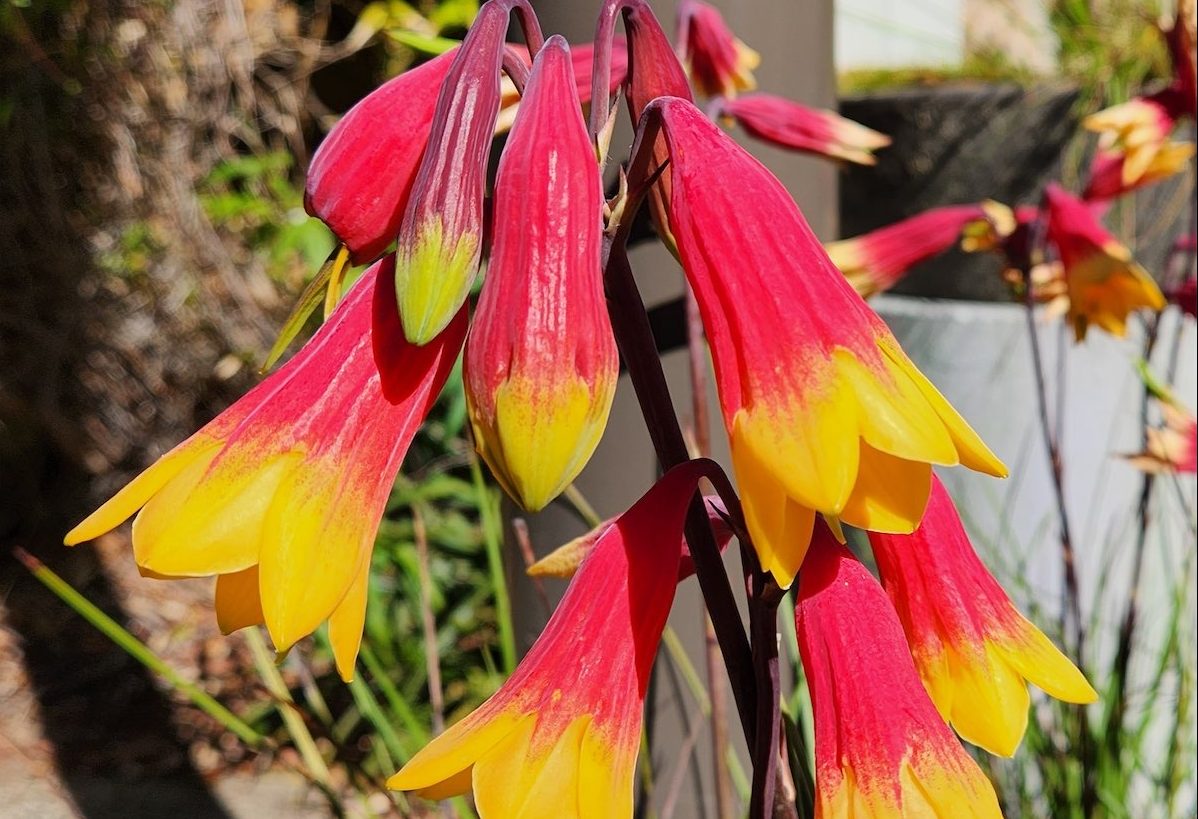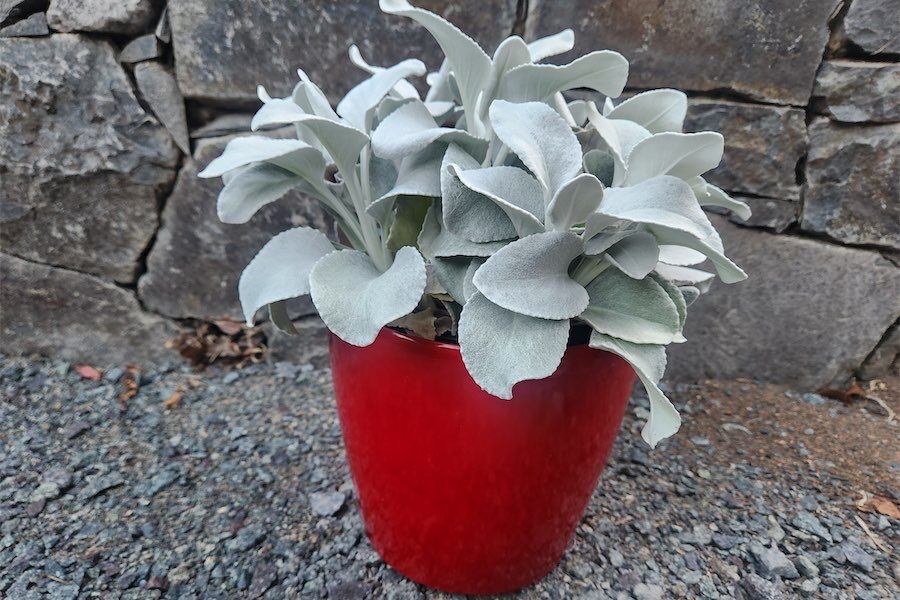
Lichen is a combination of fungi and photosynthesising algae that we commonly see growing on trees, says gardening columnist JACKIE WARBURTON. And it’s good news.
HAVING lichen in the garden is a good thing, and growing it on trees, rocks and outdoor surfaces is a benefit to the garden by showing the air quality is good and air pollutants are low.

Once lichen is growing well it helps purify the air by trapping particulate matter such as dust. It also provides shelter and food for insects.
There’s also convincing evidence over many centuries that people have eaten lichen, but it’s not recorded as a continuing staple to the human diet so it’s probably best left in the garden.
Lichen, which can live for decades, doesn’t harm the host on which it is growing, but it can be slippery on paths, so it’s not a great idea to grow lichen on walkways or steps.
It’s slow growing because it doesn’t have its own roots or vascular tissue to take up nutrients and uses the atmosphere to get its nutrients and water.
Moss and lichen grow well together and can be used in terrariums, miniature rock gardens or as a decorative plant covering rocks.
While moss needs water and sunlight to get established, lichen needs nothing,
Further amazing bryophytes to try and grow are liverworts and hornworts. All have non-vascular systems and rely on clean air.
A terrific reference to name lichen, moss liverwort or hornwort growing in your garden is a Canberra citizen science website called naturemapr.org

CHRISTMAS Bells (Blandfordia grandiflora) are a good addition to a damp area in the native garden.
A native of eastern Australia, it can be a “wow-factor” plant. It’s a tufted perennial that grows 50 centimetres tall with evergreen, narrow leaves. In the warmer months, the majestic scarlet and gold bell flowers come into bloom on the tall stems.
Christmas Bells can be grown in smaller spaces such as courtyards and patios. They are a magnet for nectar-feeding birds. After flowering, the seeds are ripe after about three months and ready for propagating.
The flowers are self-fertile, but will have better pollination if there are more flowers around and the birds do the job for you.
Anyone with the patience to grow Christmas Bells from seed should use a seed-arising tray with potting mixture of 50 per cent coir peat and 50 per cent sand which with a little lime will get things started.
Sprinkle the seed across the potting media as evenly as possible, top dress with more mix and water in. Don’t let the seed dry out at any stage.
Give the seed trays plenty of air space to prevent fungal disease growing.
Other boggy natives that complement Christmas Bells are sedges, native violets or club rush. All cope with soggy soils and drier soils when it is needed.
Jottings
- Finish all pome fruit pruning before spring.
- Continue to feed garlic with high-nitrogen fertilisers until spring.
- Sharpen blades on all garden tools including the lawn mower.
- Turn over compost and ground for growing summer vegetables.
Who can be trusted?
In a world of spin and confusion, there’s never been a more important time to support independent journalism in Canberra.
If you trust our work online and want to enforce the power of independent voices, I invite you to make a small contribution.
Every dollar of support is invested back into our journalism to help keep citynews.com.au strong and free.
Thank you,
Ian Meikle, editor





Leave a Reply